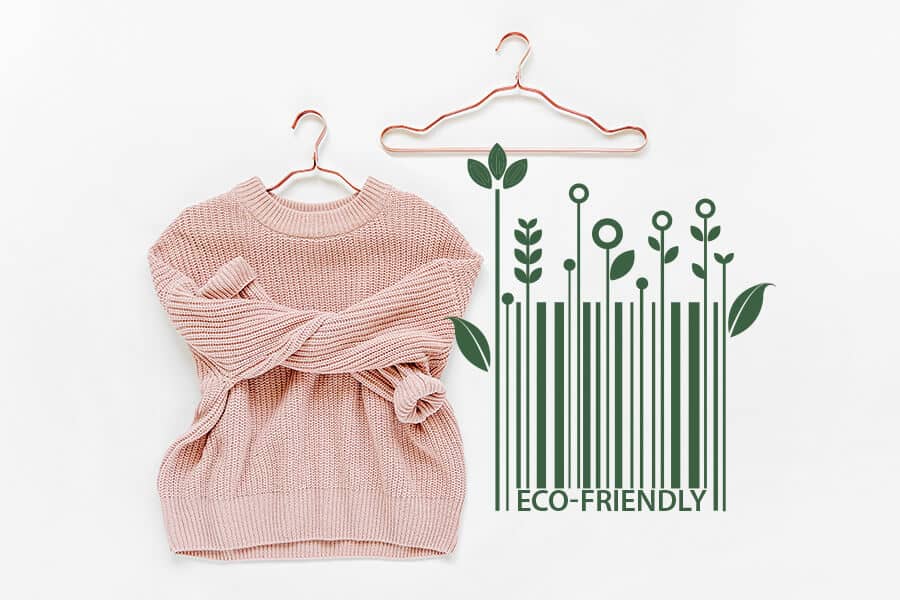The fashion industry is one of the world's biggest polluters, accounting for 20% of the world’s water waste. Natural materials take a shocking amount of water to grow, but the alternative is equally horrifying. Polyester is often used in clothing because it is cheap and flexible, plus it is used as a “vegan” leather alternative. However, the microfibers ejected while washing these clothes is equivalent to more than 50 million plastic bottles annually! But if both natural and manmade fabrics are harmful, how can fashion be eco-friendly?
Proper Disposal of Used Clothes
One of the easiest ways to start making greener choices in your closet is by learning how to dispose of your clothes properly. It turns out that an average consumer throws away 70 pounds (31.75 kg) of clothing per year. Globally, 13 million tons of textile waste are produced every year. 95% of this waste could have been reused or recycled. The easiest way to recycle clothes is to find a donation bin. You can also bring them to a second-hand store. However, you should only donate clothes that are in good condition.
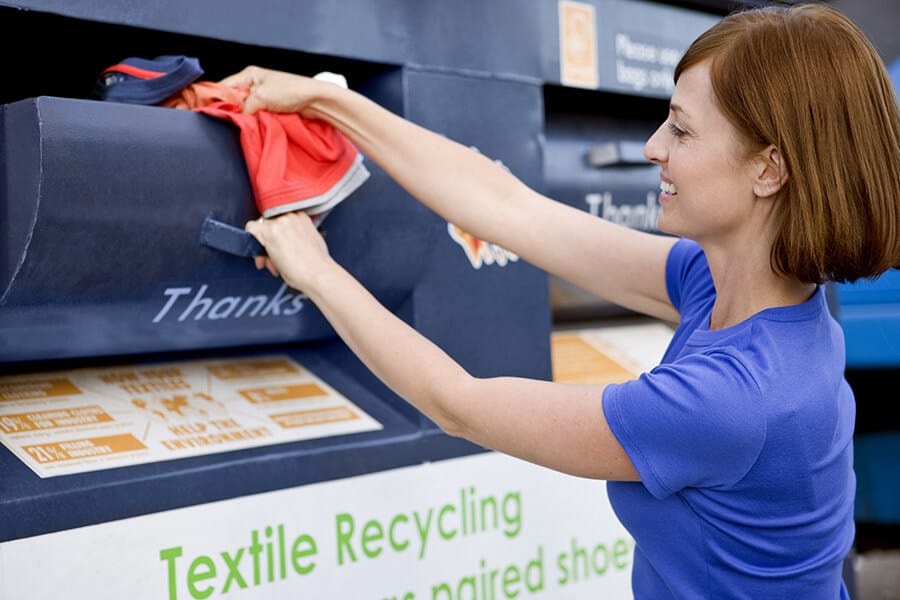
If the clothes are damaged, there are several options. Consider reusing the damaged clothes as rags for cleaning or offering parts to fellow crafters. Whatever you do, do not throw fabric into a regular trash can. If you have a composter, do some research to see which fabrics can be composted. You can also find specialized trash bins for textiles, just like you would for disposing of batteries or light-bulbs.
Think Before You Buy

Research shows that, on average, people will wear an item of clothing seven times before discarding it. The biggest issue with cheap fashion is that people shop unnecessarily and buy clothes based on their price without thinking much about them. According to statistics, people in the UK have $46.7 billion worth of clothing in their closets that is unworn. Higher demand for clothes, especially cheaper pieces, results in higher supply.
When companies create a surplus of clothes, they often dispose of them in ways that aren’t environmentally friendly. In order to maximize profits, companies such as H&M and Burberry incinerate their unsold clothes instead of donating them responsibly. At the same time, 15% of their textiles end up thrown away without being recycled. This is done by companies all over the world; and as our population nears 8 billion, the situation will only get worse.
Shop Second-Hand
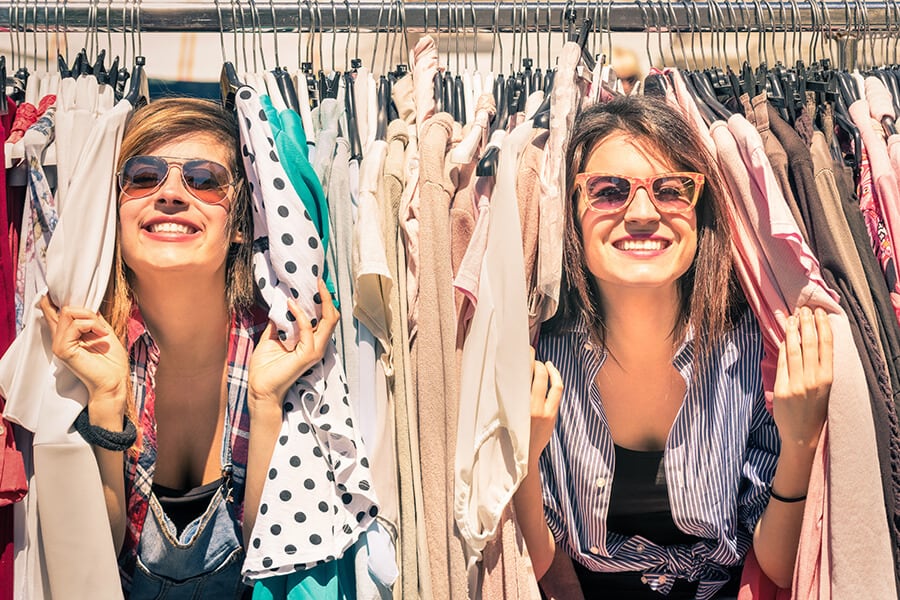
A big part of reusing closed is also shopping for clothes that have already been used. In the past, second-hand shopping had a stigma attached to it. Second-hand clothes were associated with damaged goods sold cheap for poor people. Today, there are vintage stores selling used, never-worn designer items or one-of-a-kind clothes for a hefty price. Fortunately, with people caring more about the environment, second-hand shopping has been normalized. There are even new terms for used clothing such as “pre-loved” and “new-for-you.” Unfortunately, though, with lower prices it can still be tempting to buy things that we don’t actually need. Modern consumerism has a huge impact on wastefulness.
Sometimes you can even get used clothes for free. Events such as clothes swaps are growing in popularity. At these events, people can either pay for tickets or bring used clothes to donate. In exchange, they can pick out something that someone else brought in. Similarly, there are “buy nothing” groups on Facebook where communities come together and advertise items they no longer need. These are either free to take or the “seller” may ask for a favor or another item in exchange.
Clothing Rentals
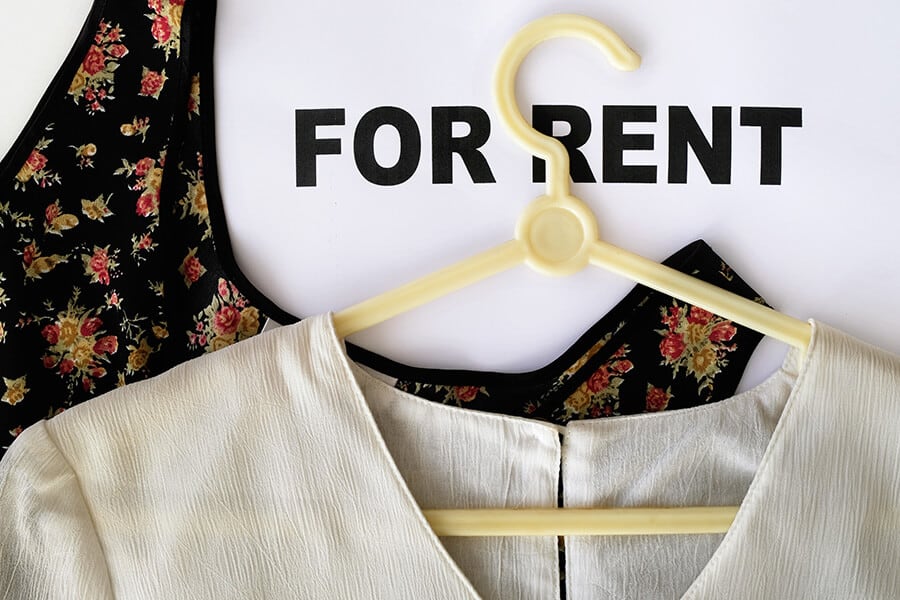
Sometimes it’s impossible for us not to need a new outfit. Special occasions or specific work requirements and dress codes at work can make it difficult to avoid buying an entire outfit for just one wearing. Of course, if this is inevitable, then the outfit can still be bought second-hand and donated afterwards. Being eco-friendly can take a huge effort and time commitment. That is why outfit rentals have become a great option.
Renting clothes is now a real possibility, with various companies that do it. This saves not only money but also time, closet-space, and the environment. It is also a great way to try on a new style and be fashionable without being wasteful. A famous company that does this in the USA is called Rent the Runway. Similar companies exist all over the world.
The way Rent the Runway works is simple. The cheapest plan currently starts at $69 a month and includes a choice of four items out of 10,000+ styles from 400+ designers. The rentable items are worth up to $350 with monthly shipments worth up to $1,400. Plus you are allowed one swap if something doesn’t fit or if you want something different. More expensive plans offer more items, more choices, more swaps, and more expensive clothes.
There is insurance for minor tears and spills, a free return label for sending the clothes back, plus everything is dry cleaned before and after you wear it. If you fall in love with an outfit, you can buy it for a discounted price. Plus, you can alter the price with a custom number of extra items as needed. There are other companies out there that have different prices and offers. The great thing is that this concept exists and will hopefully keep growing until it becomes the norm for many.
Sustainable Fashion Brands
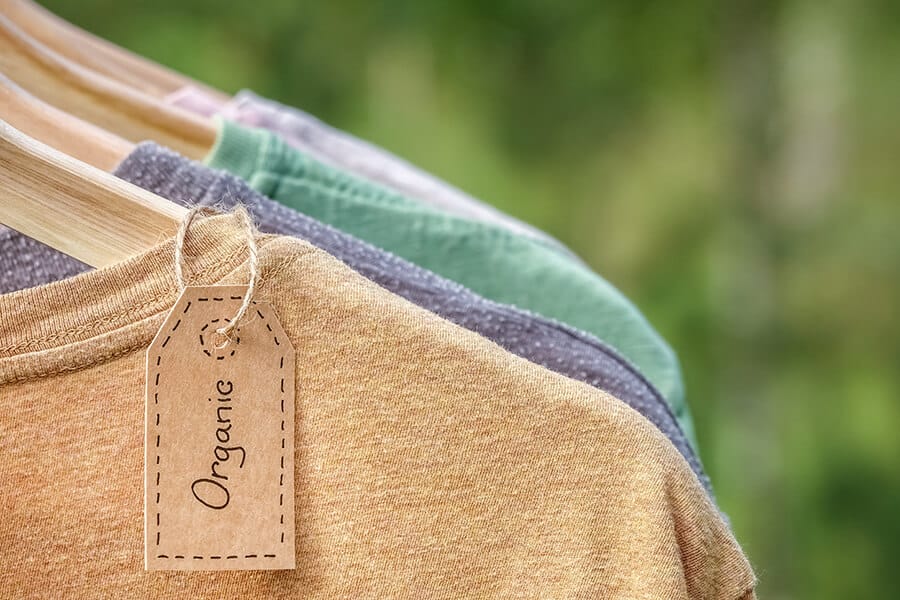
In an ideal world, we would all shop second-hand or rent out our wardrobes. Realistically, however, it is hard to avoid buying new clothes. Not to mention that certain things, such as underclothes, are best bought new. It is still possible to make greener choices by doing research on brands before you buy. There are brands that only use recycled or sustainably-sourced materials. With updates in technology, there is also hope for the invention of new materials that can change the fashion industry.
Check how to tell if the brand is sustainable.
There are many ways that we can make a difference. Shopping second hand, renting outfits, reusing used clothes, repurposing fabrics and disposing of them responsibly once they have outlived their usefulness are just the start. There is a new meaning to making a “fashion statement.” With almost 8 billion people living on Earth, we need to reinvent the way we live, consume and express ourselves.
Luckily, there are so many ways for every individual to make a difference. If every single person made just one eco-friendly wardrobe choice a week, imagine the positive impact on our planet. We live on a second-hand planet, passed on to us by those who lived here before us. If we can share space on this Earth, we can also share the responsibility for keeping it healthy – even if it means literally sharing the shirt off our backs.
Photos: Shutterstock / Photomontage: Martina Advaney
Support us!
All your donations will be used to pay the magazine’s journalists and to support the ongoing costs of maintaining the site.
Share this post
Interested in co-operating with us?
We are open to co-operation from writers and businesses alike. You can reach us on our email at [email protected]/[email protected] and we will get back to you as quick as we can.
